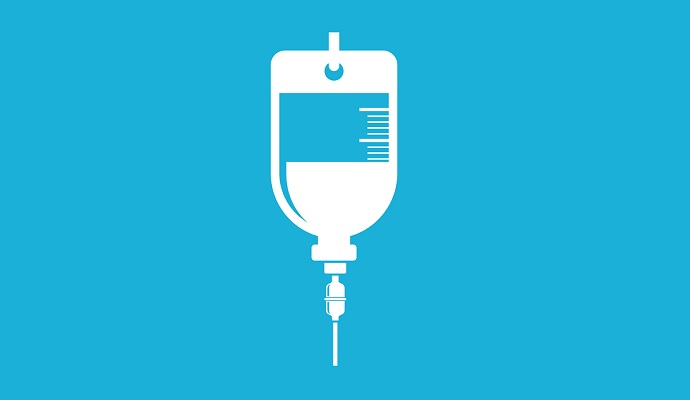COA Proposes New Oncology Care Model with Value-Based Purchasing
The Oncology Care Model 2.0 builds on Medicare’s bundled payment model for cancer care by incorporating value-based purchasing for prescription drugs.

Source: Getty Images
- The Community Oncology Alliance (COA) recently submitted an alternative payment model proposal to the Physician-Focused Payment Model Technical Advisory Committee (PTAC) that builds on the work done by Medicare’s Oncology Care Model (OCM).
Dubbed the OCM 2.0, the alternative payment model retains the bundled payment format of the OCM but more aggressively addresses the culprit behind rapidly rising cancer care costs: prescription drugs. The proposed model would foster value-based purchasing contracts between payers, providers, and drug manufacturers to lower the costs of prescription drugs for cancer.
“This proposal reflects a commitment to helping build the cancer care system of the future that patients, providers, and payers all want,” Michael Diaz, MD, president of COA and a practicing medical oncologist at Florida Cancer Specialists & Research Institute, stated in the model’s announcement. “We urgently request that the committee take the recommendations of community oncology practices who are on the frontlines of treating this devastating disease and help us transform cancer care for generations to come.”
Medicare launched the OCM, a multi-payer bundled payment model for physician practices administering chemotherapy to cancer patients, in 2016. The model aims to lower the costs of cancer care while incentivizing providers to implement comprehensive cancer care services and improve patient outcomes.
Medicare recently reported that results from the OCM’s second performance year are promising, but participating practices have yet to significantly reduce costs. Notably, OCM practices also saw an increase in Part D costs similar to non-participating practices.
Controlling prescription drug spending continues to be an issue for oncologists, even those participating in innovative payment models.
The therapeutic drug class with the highest global spending was antineoplastic drugs, the IMS Institute for Healthcare Informatics reported.
In the US specifically, the average monthly cost of antineoplastic drugs has more than doubled from about $4,500 to $10,000, and newly approved cancer therapies can come with a price tag between $6,000 and $13,000 a month, COA reported.
“Specific programmatic changes in Medicare oncology care delivery would be required to shift the paradigm from volume to value,” the non-profit organization explained in its proposal. “Many COA-affiliated practices (approximately 80 percent of the OCM participants) are leading the way toward the creation of value in the marketplace. However, even these practices and their initiatives have failed to bend the drug expenditures to date.”
OCM 2.0 represents “the next step in this evolution toward value,” particularly for prescription drug use in cancer care, the COA continued.
The bundled payment model would foster the development of value-based purchasing contracts. For example, the contracts could include:
- Guaranteed specified tumor reduction or money back to the provider and/or the patient
- Guaranteed decrease in the total cost of care over a specified period and as compared to traditional treatment for the same disease
- Guaranteed lowest cost per progression-free survival year
Stakeholders are becoming increasingly interested in value-based purchasing programs. But only about one-third of health systems in a recent Premier survey said they participate in such a program. Even fewer (16 percent) partake in a program with two-sided financial risk, in which vendors agree to pay providers for the costs incurred if the product does not meet pre-determined cost and/or quality outcomes.
Regulatory barriers prevent stakeholders from forming robust value-based purchasing contracts and providers are oftentimes excluded from the implementation of the programs, COA explained. Therefore, OCM 2.0 would include regulatory waivers and require collaboration among all stakeholders.
Additionally, COA has already met with six pharmaceutical manufacturers that are interested in participating in a pilot program to test value-based purchasing programs like the ones proposed in OCM 2.0.
OCM 2.0 would also address other issues practices face with the original model, including complex payment methodologies, lack of transparency, and timeliness of data reporting. Altogether, COA anticipates the new model to reduce cancer care costs by 10 to 15 percent.
“This proposal is truly a universal, inclusive model for cancer care reform, designed so that any payer or practice can participate,” said Bo Gamble, director of practice initiatives at COA. “It builds upon years of learning and observations from other reform initiatives with a goal of achieving high-quality, high-value cancer care for all patients.”
Stakeholders can comment on the PTAC proposal until July 1, 2019. After the comment deadline, PTAC will consider the model for HHS implementation.
